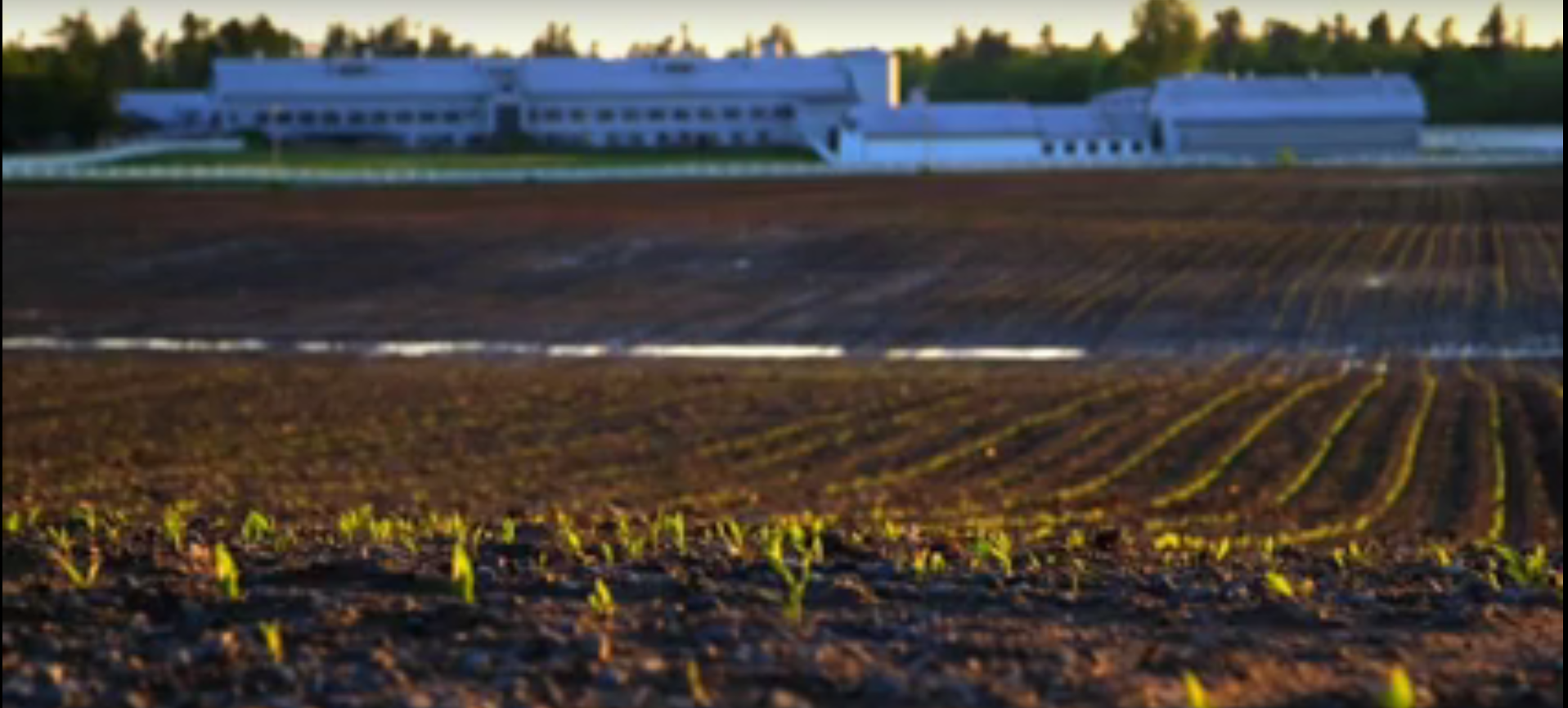DAILY Bites
-
Phosphate prices surged nearly 36% between January and August 2025, while nitrogen and potash markets remain volatile due to energy and trade disruptions.
-
Global policy shifts, including EU tariffs on Russian fertilizer, Canadian potash tariffs, and China’s export restrictions, are tightening supplies and driving up costs.
-
Higher fertilizer expenses, combined with declining crop revenues, are expected to weigh heavily on farm income, especially for row crop producers.
DAILY Discussion
Farmers are once again bracing for higher input costs as fertilizer prices begin climbing after a brief period of stability. While prices remain below the record highs of 2022, the American Farm Bureau Federation warns that volatility is becoming the new normal.
The organization’s Mike Davis reported on the latest trends, noting, “Fertilizer prices appear to be on the rise again. While they have not hit the record high they reached in 2022, Faith Parum, an economist with the American Farm Bureau Federation, says some products, like phosphates, are climbing higher.”
Parum explained, “Really what we’re seeing in this market, though, is volatility, and we think that will continue to persist as natural gas prices and shifting trade policies and other countries really are disrupting the markets and creating a lot of uncertainty.”
According to Parum, the two main factors are energy and geopolitics. “The big drivers are energy costs, mainly because nitrogen fertilizers rely on natural gas and so other countries have had decreased production due to conflict, as well as geopolitical disputes overall. There will just, again, be that uncertainty as you know, the world continues to move around through these geopolitical disruptions.”

The Farm Bureau’s Market Intel analysis shows phosphate fertilizers leading the price surge. “Gulf diammonium phosphate prices rose from about $583 per ton in January 2025 to nearly $800 in August. That is a 36 percent increase in less than eight months, creating new strain for already struggling crop budgets.” Monoammonium phosphate has followed the same trend.
Nitrogen products remain volatile. The report highlighted that “Tampa ammonia settlements reached about $487 per metric ton in August and market indications suggest higher prices in September. Urea Ammonium Nitrate solutions have shown regional variation, with tighter supplies in areas farther from production hubs.”
Potash is also adding pressure. The report notes, “Global spot values hover around $350 to $360 per metric ton, which is about 21 percent higher than in 2024. U.S. wholesale prices have been further supported by concerns over tariff actions on Canadian imports. Currently, potash imports from Canada are subject to a 10 percent tariff.”
Global trade actions have compounded market instability. The report explains, “On July 1, the European Union began applying tariffs on Russian fertilizer imports. This move redirected Russian supplies toward other markets such as Brazil, India and potentially the United States. The shift tightened availability in other markets and supported global prices.”
China’s shifting policies have also rattled markets. “Early in 2025, the Chinese government restricted phosphate and urea exports to protect domestic supplies… In July, China allowed more fertilizer exports after previously keeping shipments very restricted. While that briefly increased global supplies, China often changes its export rules with little notice, creating uncertainty for buyers and sellers worldwide.”


The ongoing war in Ukraine remains a major disruptor. The Market Intel report stressed that “ammonia exports remain more than 80 percent below pre-war levels. Ukraine’s domestic production has been severely disrupted, further tightening global availability.” Meanwhile, “rising tensions between Israel and Iran have raised risks of regional disruption” in key fertilizer-producing regions.
Higher costs are weighing heavily on farm budgets. According to the report, USDA projections show overall production expenses rising in 2025, with fertilizer and lime counting for 7 percent of production expenses. At the same time, crop revenues are falling, a dynamic that compounds financial pressure on farmers.
The pressure is particularly severe for row crop producers. Rising expenses combined with shrinking crop revenues are projected to drag down overall net farm income, leaving many farmers with tighter margins. Because fertilizer is both one of the largest and most volatile production costs, even relatively small price changes can dramatically shift the outlook for profitability.
“Farmers really just need to be aware and monitoring the market ahead of the next year,” advises Parum. “Staying flexible and planning for this volatility will help manage higher input costs, as well as just being aware of higher input costs across the board.”


:max_bytes(150000):strip_icc()/28533ripesoybeans_soybeans-01d6026d90324818a2c9daf57e26b0cd.jpg)

:max_bytes(150000):strip_icc()/WinterWheat_December_alternative_seed_crops-a2b0b12da4c04eb282dff7e87688e815.jpg)



:max_bytes(150000):strip_icc()/stockyard-Dodge-City-2048x1536-38bcd3b2f08648cfa8aa180ac360fd5c.jpg)
:max_bytes(150000):strip_icc()/49035871198_32f490cc96_o-2dbf8dbc3ee749898c1ad90bb6214cb3.jpg)
